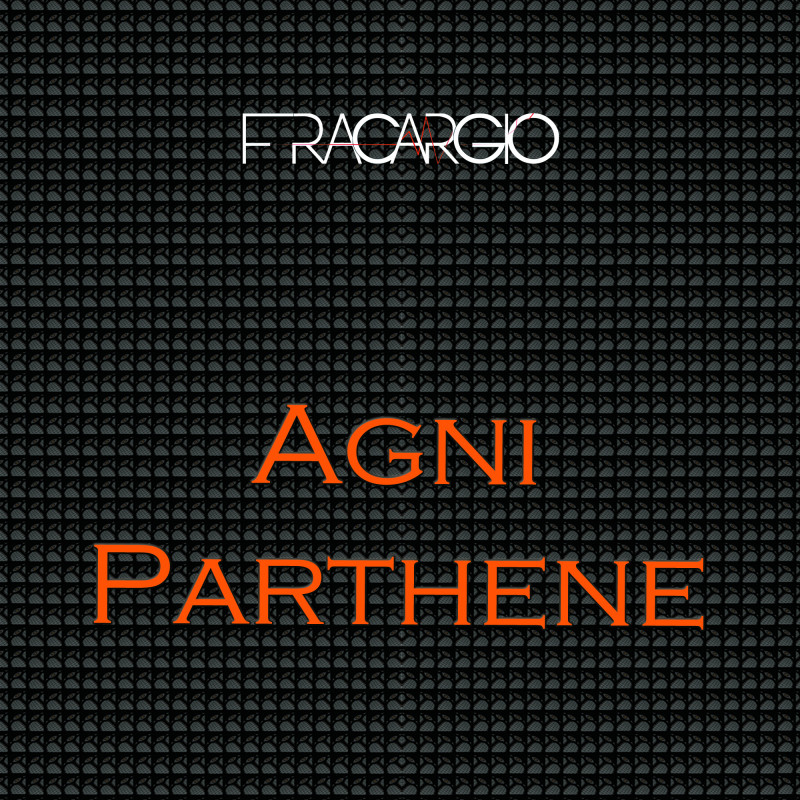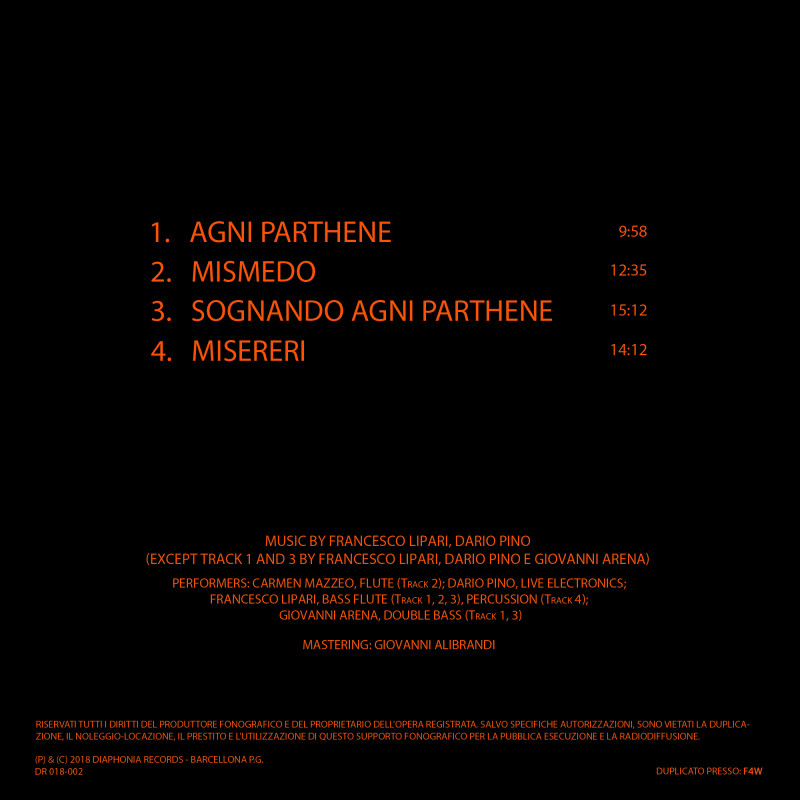One day Dario T. Pino and Francesco Lipari invite for lunch Giovanni Arena, a double bass player from Catania with whom they share their compositional training with Alessandro Solbiati.
Giovanni was thrilled with the idea of improvising with them. From that meeting the single Agni Parthene was born, based on a non-liturgical Orthodox devotional song dedicated to the Virgin Mary.

Why an Orthodox chant? The deep roots of Sicily are Greek and until the Romanization of the rite also the liturgy and faith were Greek-Byzantine. It has a symbolic, not a scientific meaning. We talked more about it in the previous article.
Francesco, multi-instrumentalist, chooses the bass flute: melodic fragments of the piece are recomposed to lead to the literal quotation of the melody, several times, in the finale. It is like a puzzle that arises from the individual pieces which, piled up on a table, do not give the idea of the final picture, if not for some detail.
Listening guide
The piece is nourished by contrasts: tradition and modernity, transcendence and immanence, polyphony and monody, voice and instrument. Contrasts that run throughout the piece, at times exalted and at other times canceled (as if to give that sense of inner serenity so longed for).

A bordone is the background to the whole piece. It is A note sung on a very low A that sometimes disappears, others emerges, others dominates everything else. From the bordone the two instruments, double bass and bass flute, emerge, playing only noises with every possible means: with the bow beaten, rubbed, with the breath in the instrument, in short, the entire body of the instrument becomes a sounding board. The choice of noise is deliberate and strong. If we think about it, the noise was born well before the sound. They are noises that we hear for the most part around us; noises are what the first instruments ever built – the percussions - produce.
The double bass begins the piece. Around the first minute, the breath of the flute is added which becomes an amplification of the performer's breath, or rather of the breathing, that is, of life. From here and for four minutes, the performers show off their technical and expressive skill by building a sort of counterpoint between the instruments. An emotional crescendo seasoned with the reverberations and resonances of electronics.
Immediately afterwards the bordone is silent for about a minute and a half; the instruments emerge continuing the path of approaching the sound, the melody, which finally reveals itself in its severe and hieratic majesty at minute 6:22. It is the apotheosis of melodic conquest. All the sound components of the piece come together in a sort of sonic orgy that goes out in the same initial silence.

